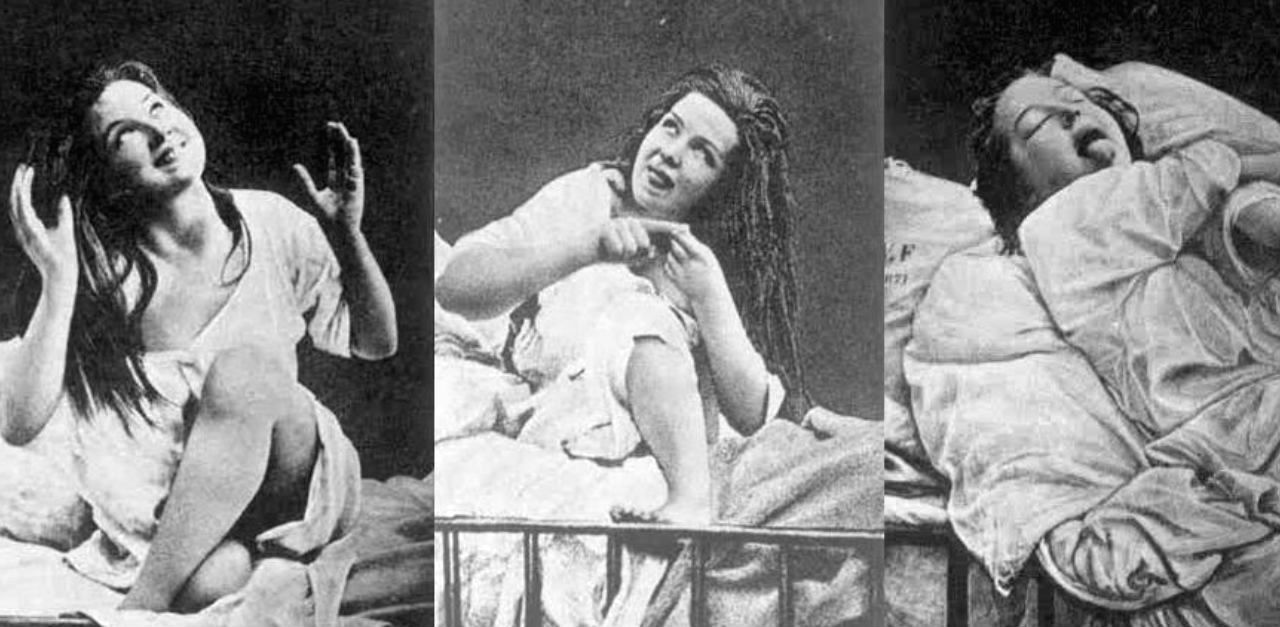
Before the medical community came to understand mental health and epilepsy, they combined symptoms to diagnose women with "female hysteria" for centuries.
Physicians believed this bizarre ailment to be the cause of everything from clinical depression to uncontrollable spasms. Basically, if anything was wrong with a woman, they tended to blame her uterus, or her gender.
Thankfully, the psychiatric community has moved past these terms. But I had no idea just how recently some of the ridiculous ideas below were still being persevered by professional doctors and psychiatrists.
Can you imagine walking into your doctor's office and hearing any of the diagnoses or treatments women actually received throughout history?
More from LittleThings: This Study Finds That Drinking Coffee And Alcohol May Be The Key To Living Longer
Take a look to find out just how strange (and awful) things were for women back in the day and be sure to SHARE with your friends!
[H/T: National Center for Biotechnology Information]
1. Ancient Egyptians Blamed Moving Uteri

In 1600 BC, they believed a woman's sudden change in mood was caused by her uterus either traveling north or south within her body.
For those that supposedly traveled up, they prescribed, "placing malodorous and acrid substances near the woman’s mouth and nostrils," as well as putting scented substances near her genitalia.
For those that supposedly traveled south, they prescribed the same thing in reverse.
2. Ancient Greeks Called It "Uterine Melancholy"
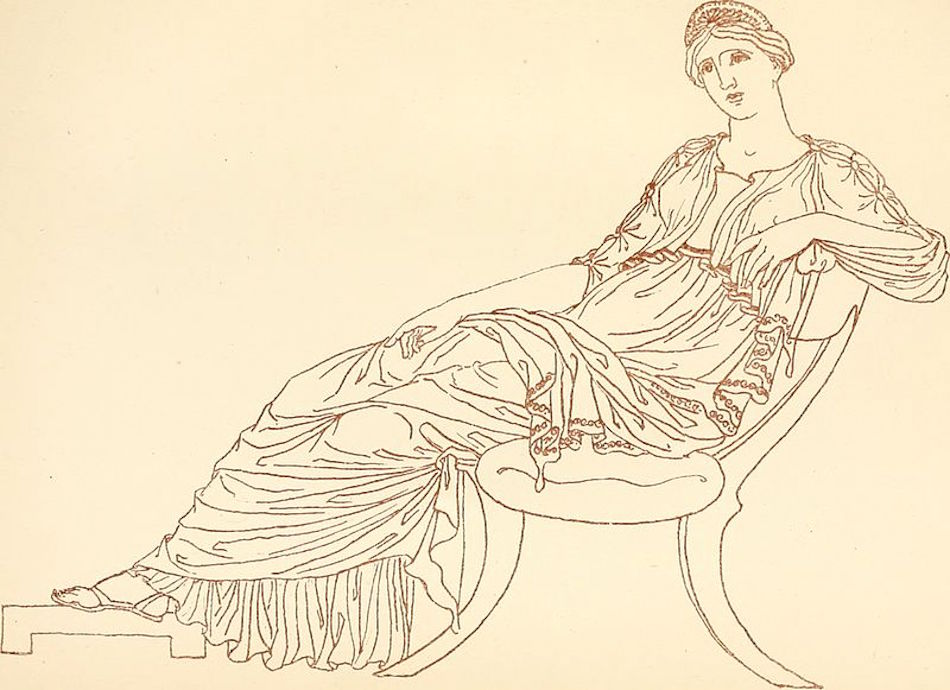
In Ancient Greek mythology, a god named Melampus, a physician and soothsayer, diagnosed the female virgins in the city of Argos with that title when they weren't too keen on copulating with the men of their neighborhood.
They were eventually "cured" of their "venomous humors" by having relations with younger, more virile men instead.
3. Hippocrates Himself Coined The Term

The very same man that inspired every doctor to take an oath to "do no harm" was also the first to describe a woman as "hysterical" due to the "poisonous stagnant humors" in her uterus caused by an unfulfilling sex life.
He believed this was a particularly serious issue for virgins, widows, single, and sterile women. Like the ancient Egyptians, Hippocrates placed the blame on the uterus wandering around a female's body and causing anxiety, sense of suffocation, tremors, convulsions, and paralysis.
4. Claudius Galen Believed The Cure Was Marriage

The same physician who is lauded as arguably the most successful medical researcher of antiquity had some confusing views on treating the condition after examining women with an array of so-called symptoms and recording his findings in distinct notes like the image above.
According to his writing from In Hippocratis Librum de Humoribus, the ladies in question should either be "getting married or repressing stimuli that could excite a young woman."
5. Other Ancient Greek Physicians Prescribed "Perpetual Virginity"
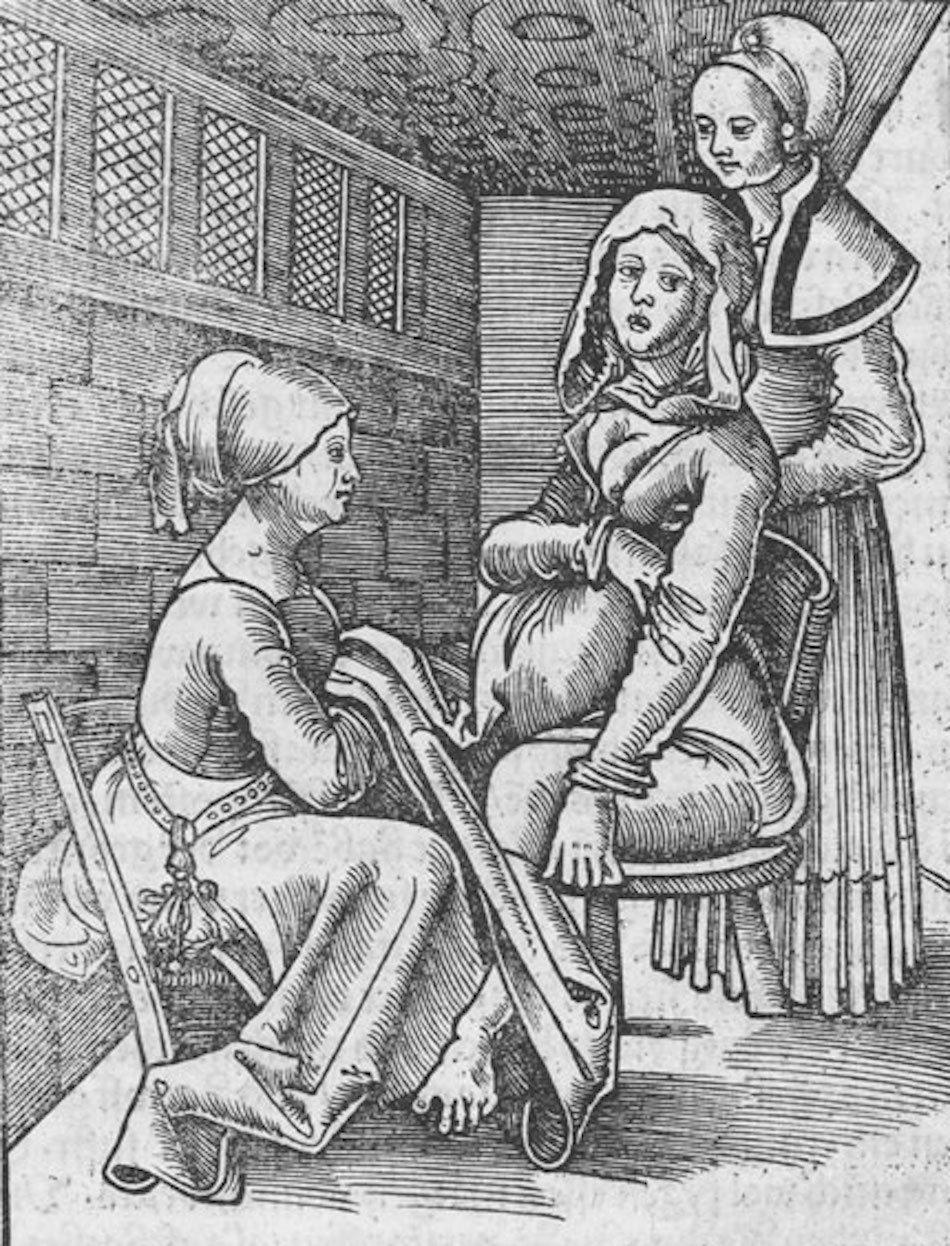
Soranus, the physician who is considered the founder of scientific gynecology and obstetrics, was at least levelheaded enough to deem former treatments using fumigation as ineffective. He claimed that "hysterical" women were to be treated with the utmost care, including hot baths and massages.
However, he also placed the blame on the physical strain of childbirth and recommended women maintain sexual abstinence and "perpetual virginity."
6. Priests In The Middle Ages Performed Uterine Exorcism
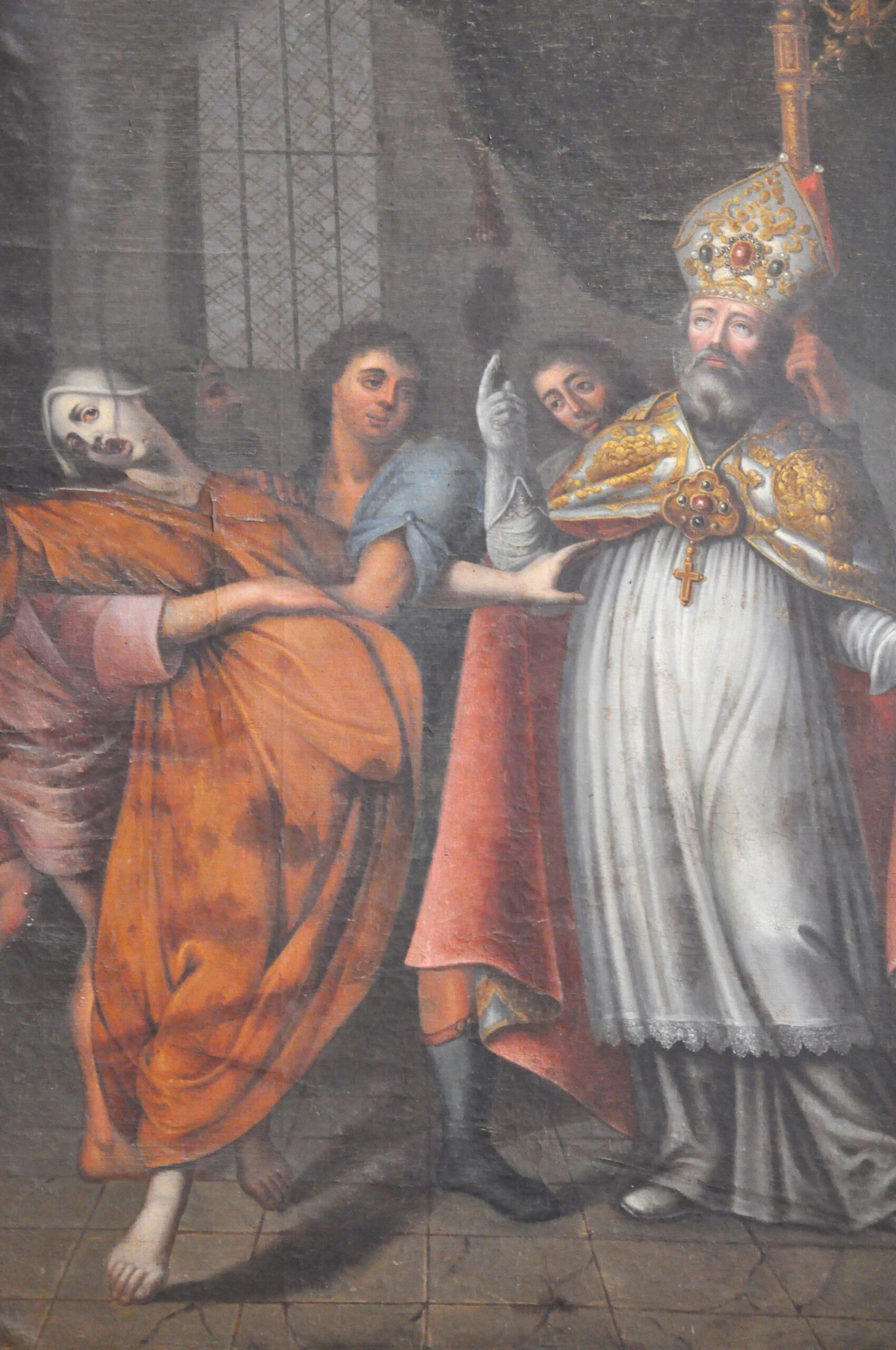
It was common in this era to blame witchcraft and sorcery for pretty much every predicament that popped up, which obviously included believing hysteria was caused by a "demonic presence" in the uterus and therefore needed to be expelled through exorcism.
They thought it to be a particularly common issue for older, widowed, and single women.
7. Renaissance Physicians Thought There Was Something In The Water

In Italy, Girolamo Cardano and Giovanni Battista Della Porta balked at the demonic idea and instead placed the blame on breathing in toxic fumes or consuming polluted water. They also suspected women of ingesting substances that induced “visions” and “pictures," causing their symptoms.
Like most physicians of the era, they also believed a woman's uterus made them more vulnerable and scientifically inferior to men.
8. An 18th Century Physician Blamed "Animal Magnetism"
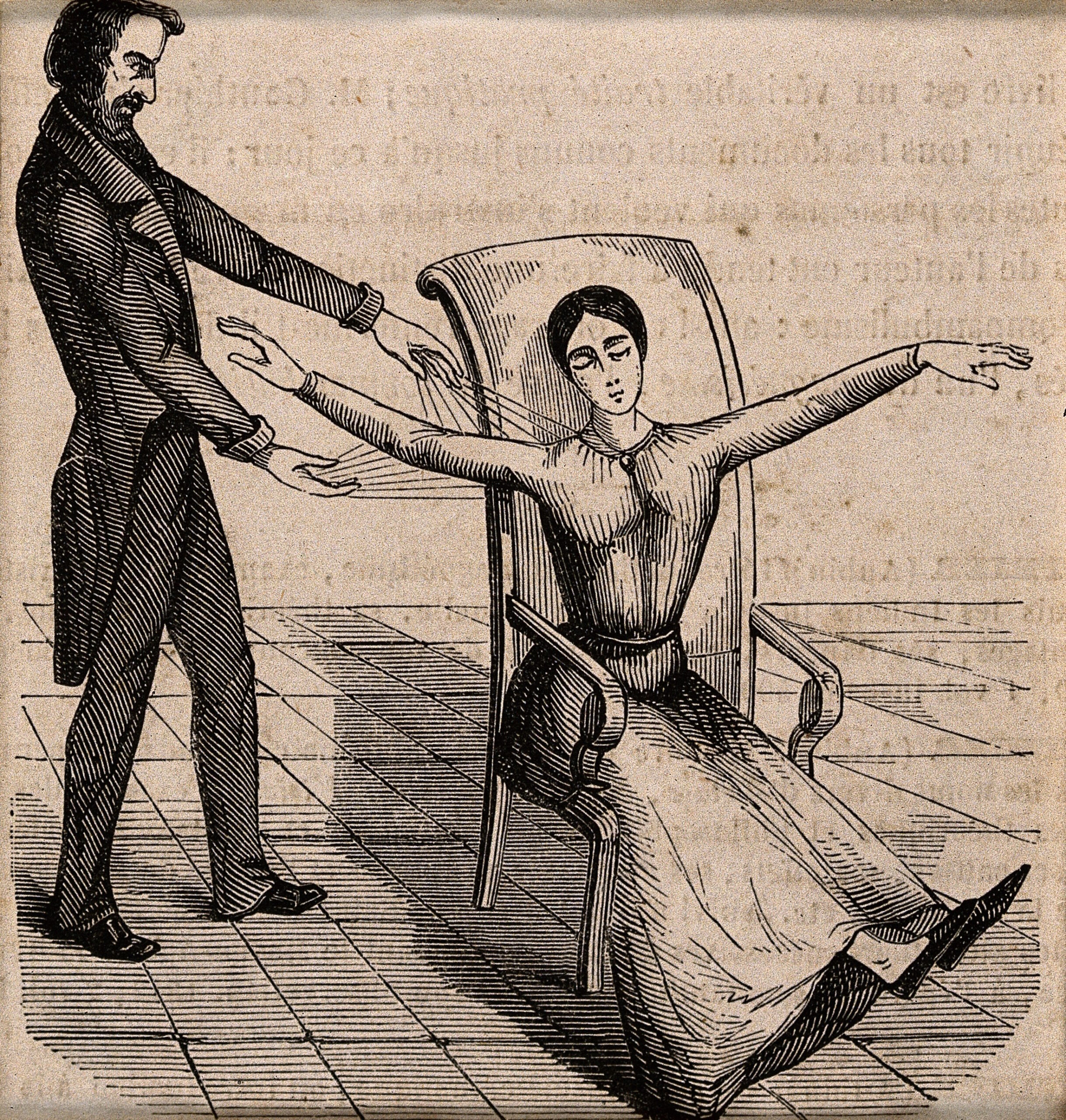
Franz Anton Mesmer believed it was a bodily fluid which caused the erratic behavior exclusively in women and would treat his patients with "mesmerism" — essentially hypnotizing them into believing they had been cured.
9. Victorian Women Carried Smelling Salts To Help
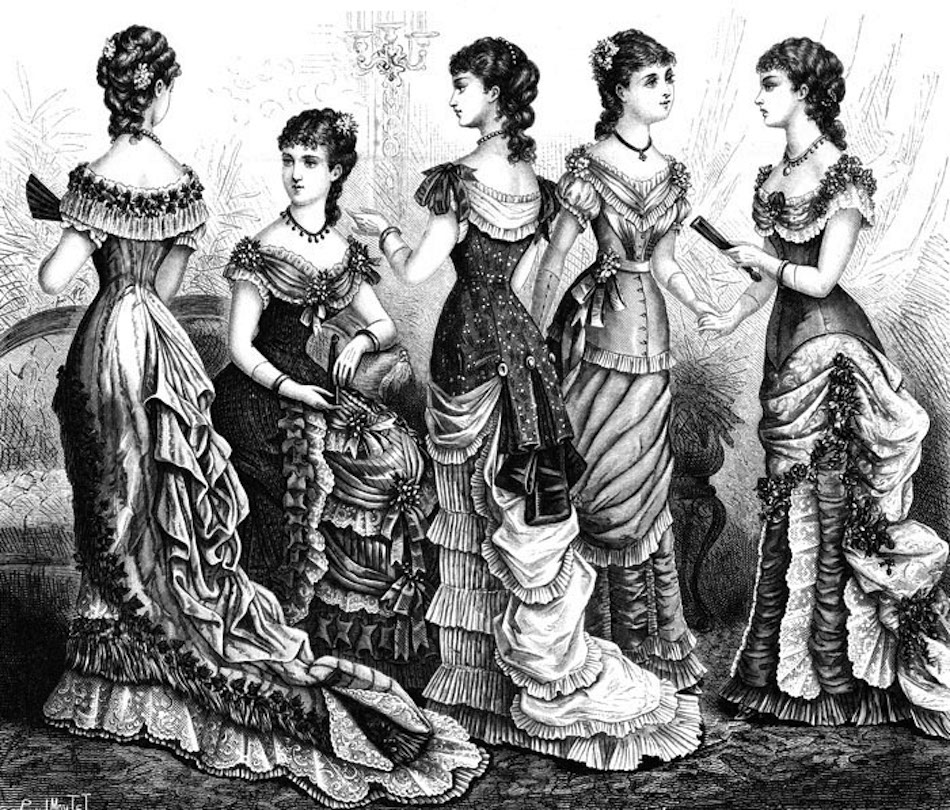
Because they were so prone to "swooning," it was recommended that they keep smelling salts in their purses at all times to revive themselves, based again on the Hippocratic idea that the pungent aroma would coax their uterus back down to where it was meant to be.
Of course, no one thought to lay the blame on the restrictive corsets most women were wearing at the time, which were far more likely the cause of their frequent fainting.
10. A Victorian Doctor Invented Vibrators For Treatment
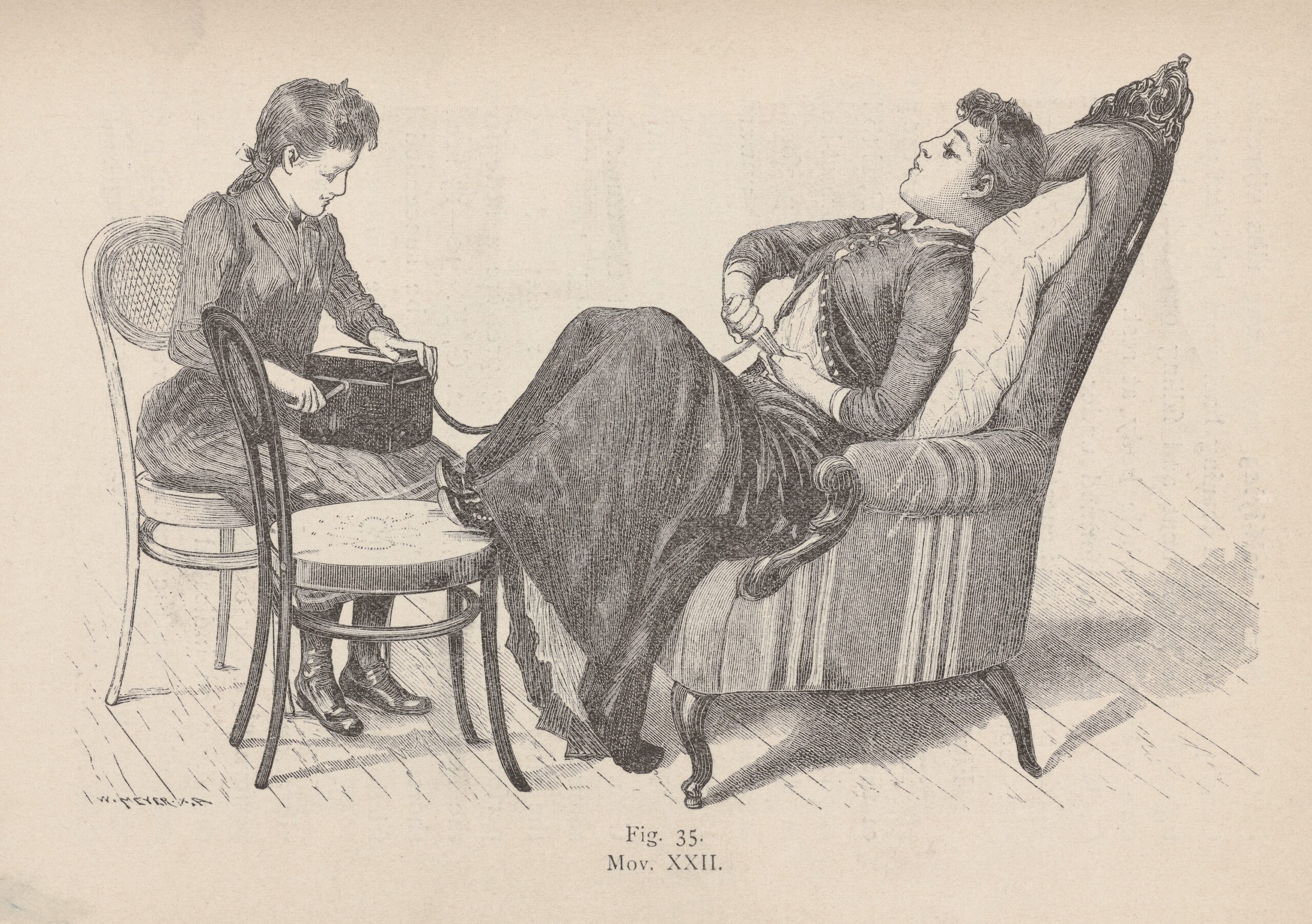
In order to induce "hysterical paroxysm" (also known as an orgasm), doctors would manually massage their patients' nether regions before Dr. J. Mortimer Granville invented the first personal massager in order to get the job done more efficiently, back in the 1880s.
Of course, as you can see above, his contraption was much bulkier than what's available today.
11. Sigmund Freud Flipped The Script

He not only introduced the idea that males could also suffer from the malady, claiming to be occasionally afflicted himself in his journals, but also suggested that the problem was caused in women because they failed to conceive children — a popular theory of the time — and that that was actually a symptom of their "lack of libidinal evolution."
12. Hysteria Remained Classified As A Mental Disorder Until The 1950s
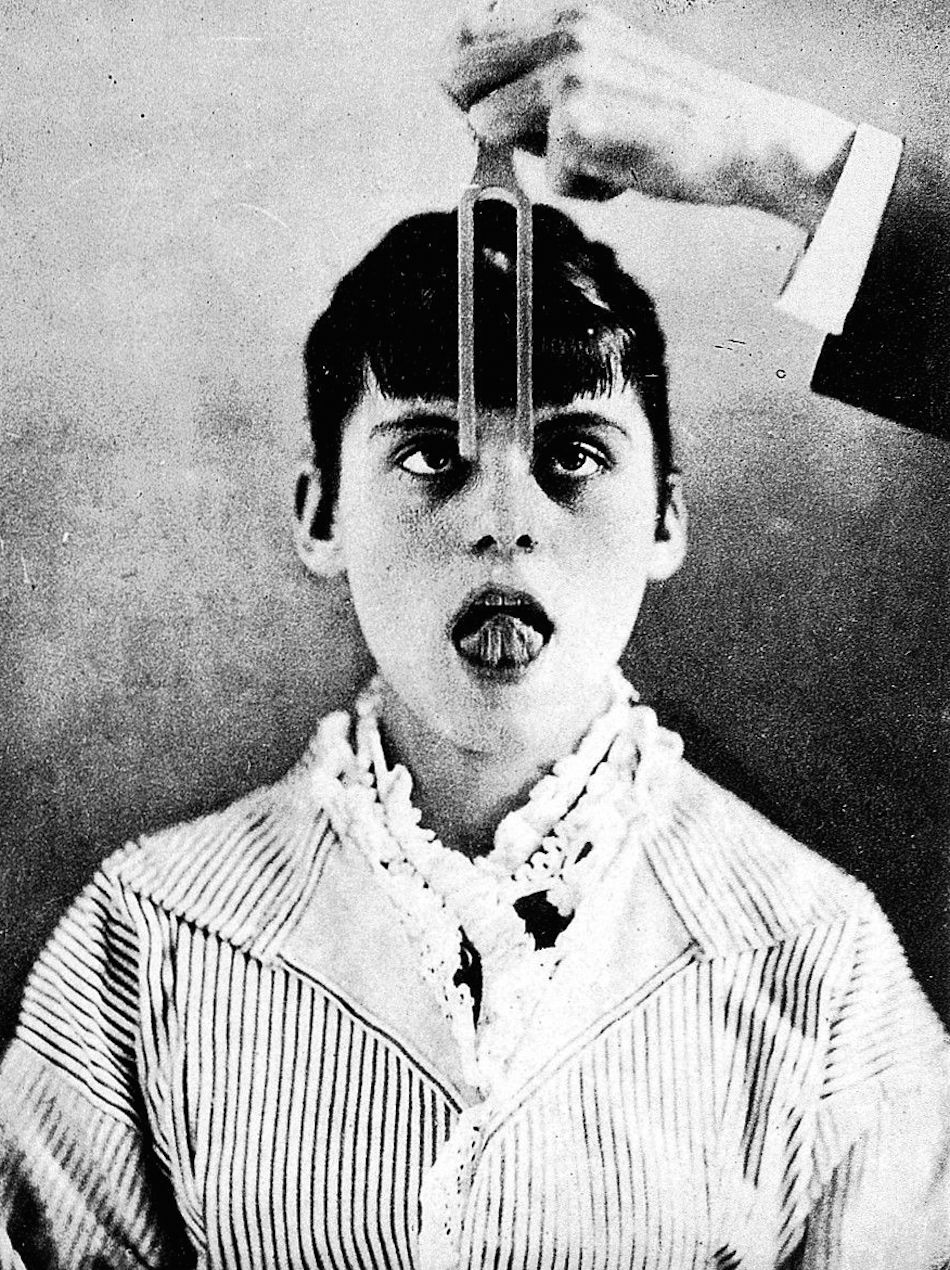
The American Psychiatric Association kept hysteria in their books as a legitimate condition, which commonly led to diagnosing other, more serious ailments like epilepsy as a sexual disorder instead. This wasn't changed until more female doctors began to rise and address the issue from their own perspective.
Were you surprised by how women were treated for hysteria throughout history? Be sure to SHARE the bizarre facts with your friends!




